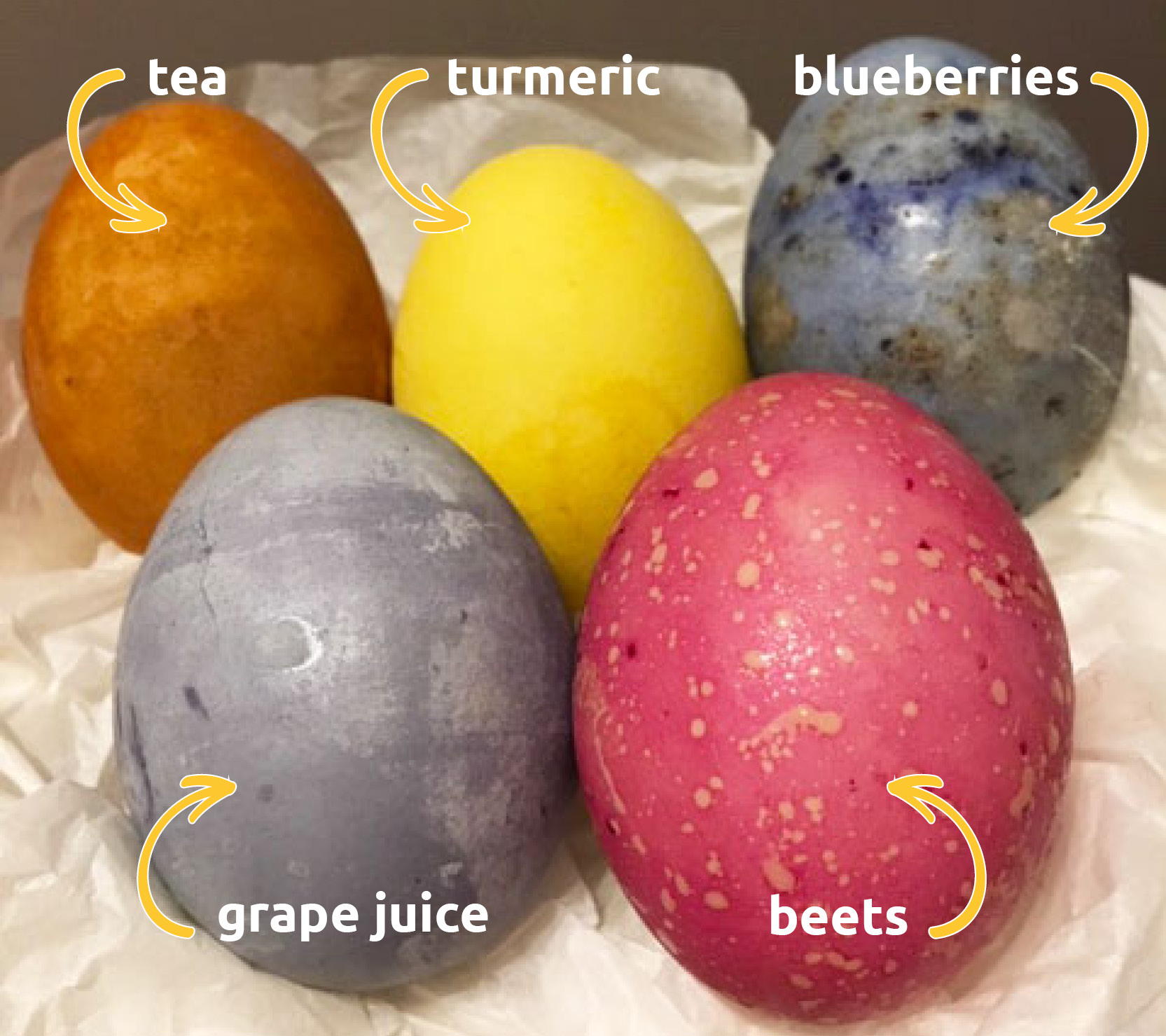
Afternoon tea for the Queen’s Jubilee
This year, Queen Elizabeth II celebrates her Platinum Jubilee (the first British Monarch to do so), recognizing 70 years of service to the United Kingdom and Commonwealth. As we get closer to the Jubilee Weekend (June 2 – 5), many people around the world will be celebrating and you may think ‘What can I do for the occasion?’. Why not invite your family, friends and neighbors for a traditional Afternoon Tea?
A SHORT ORIGIN STORY
You may think of Afternoon Tea as the epitome of British tradition, but it is actually a fairly “new” concept. While tea was first introduced to England in the 1660s, Afternoon Tea was not part of British culture until the mid-19th Century. It was first introduced by Anna, seventh Duchess of Bedford in 1840. At that time, the evening meal was not served until 8 or 9 o’clock in the evening – a long wait in between meals. The Duchess would always get hungry in the late afternoon, so she started asking for something to eat. She would request a tray of tea, bread and butter, scones, and cakes to be served. As this became routine, she began inviting friends to join her. Soon, other people in society took note and started to do the same. Thus, becoming what we know as Afternoon Tea.
Traditionally, Tea is served around 4 pm with little sandwiches, scones with clotted cream and preserves, and an assortment of cakes and pastries. But if you wish to make it simple, a nice mug of tea and cookies will do.
HOSTING THE PERFECT AFTERNOON TEA PARTY
- Set the Scene – Create a nice atmosphere for your Afternoon Tea. Bring out the nice tablecloths, fancy tea cups and plates, and fresh flower arrangements. If it’s a beautiful day, take the party outside!
- Tea! Tea! And more tea! – There’s no party without tea! Favorite teas include black teas like Earl Grey, English breakfast, and Darjeeling. But there are many, many more varieties out there, especially for those who prefer caffeine free. Varieties such as chai, peppermint, chamomile, fruit, and herbal. Not a fan of hot drinks? Try iced tea or a fruit drink as an alternative. If you are unsure of what tea to get, local bulk food shops often have loose leaf teas that you can smell. This is a great way to see if the tea appeals to you.
- The Spread – Don’t forget the food! Having a spread of various finger foods that pair perfectly with your tea is always a delight.
What to serve:
- Little sandwiches. Traditional flavors include: cucumber, egg salad, smoked salmon, chicken, ham and cheese, and cheese.
- Scones with clotted cream and jam or marmalade.
- Cakes and pastries such as macarons, fruit tarts, sponge cakes, cupcakes, sausage rolls, and for a modern twist – mini cheesecakes!
Voila! Now time to invite your guests, don your party attire and hat, and enjoy your Afternoon Tea!
JUBILEE SCONES
Recipe from Central Team Branch Assistant Nancy
Ingredients:
- 2 cups all purpose flour
- ¼ cup white sugar
- 1 Tbsp baking powder
- 1 Tsp cream of tartar
- ½ Tsp salt
- 2/3 cup softened butter
- 2 beaten eggs (reserve a little for brushing on the top)
- 1/3 cup milk
- ½ cup dried currants (optional)
Instructions:
- Pre-heat oven to 425 F
- Mix together flour, sugar, baking powder, cream of tartar and salt.
- In another bowl, combine butter, eggs, and milk.
- Make a well in the dry ingredients and add the wet ingredients to the dry. Mix until well combined.
- On a baking sheet covered with parchment, pat dough into a 10” circle, cut into 8 wedges and separate slightly.
- Brush with the reserved egg mixed with a little water.
- Bake 15 minutes until golden on top, testing with a toothpick to make sure they are completely cooked through.
INSPIRATION FOR A CELEBRATION
- Looking for inspiration, ideas and recipes for the party? Check out a number of resources from the Huron County Library.
- Don’t have time to host your own Afternoon Tea? Join the Queen Elizabeth II Platinum Jubilee Tea, hosted by the Clinton United Church, on June 2.
- The Huron County Museum currently has a small exhibit on display featuring artifacts related to the Royal Family and the Queen’s Coronation. Available during regular hours of operation. Admission is FREE with a Huron County Library card!






